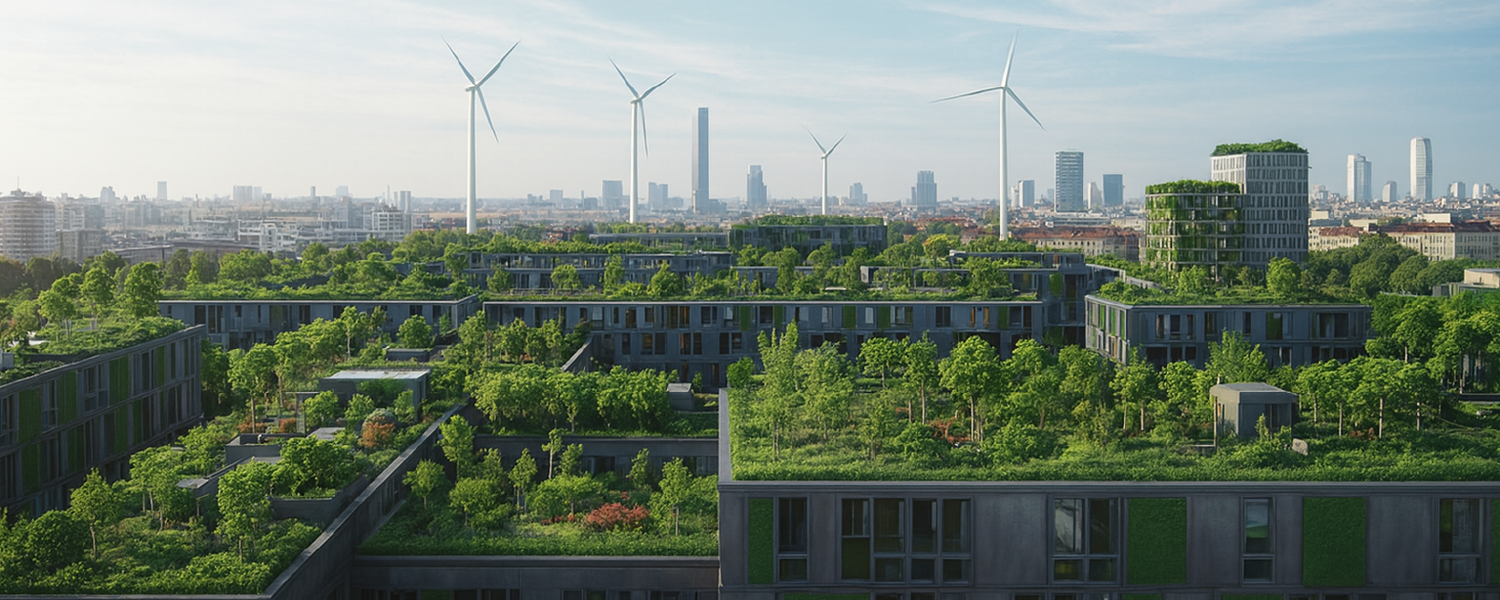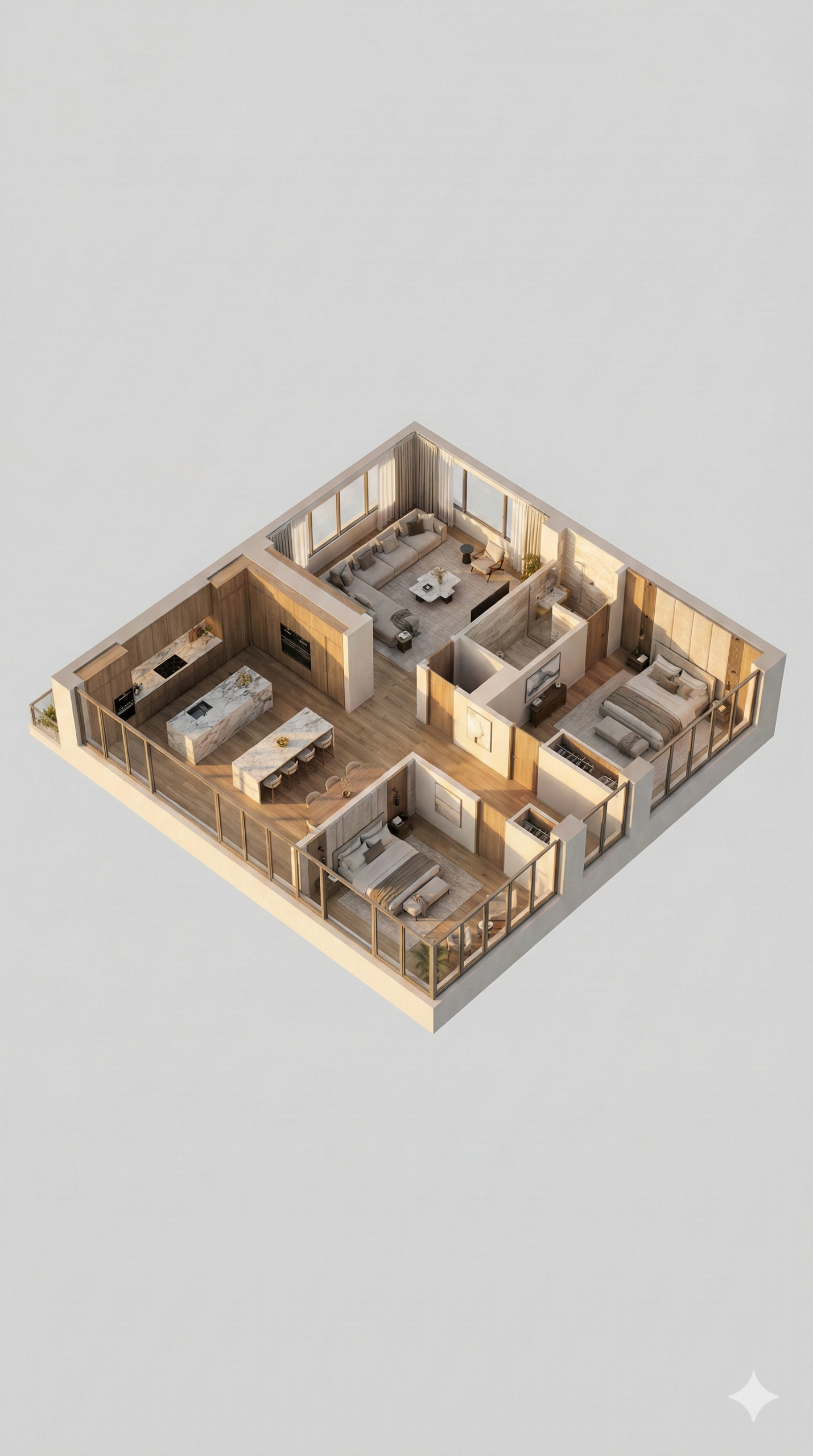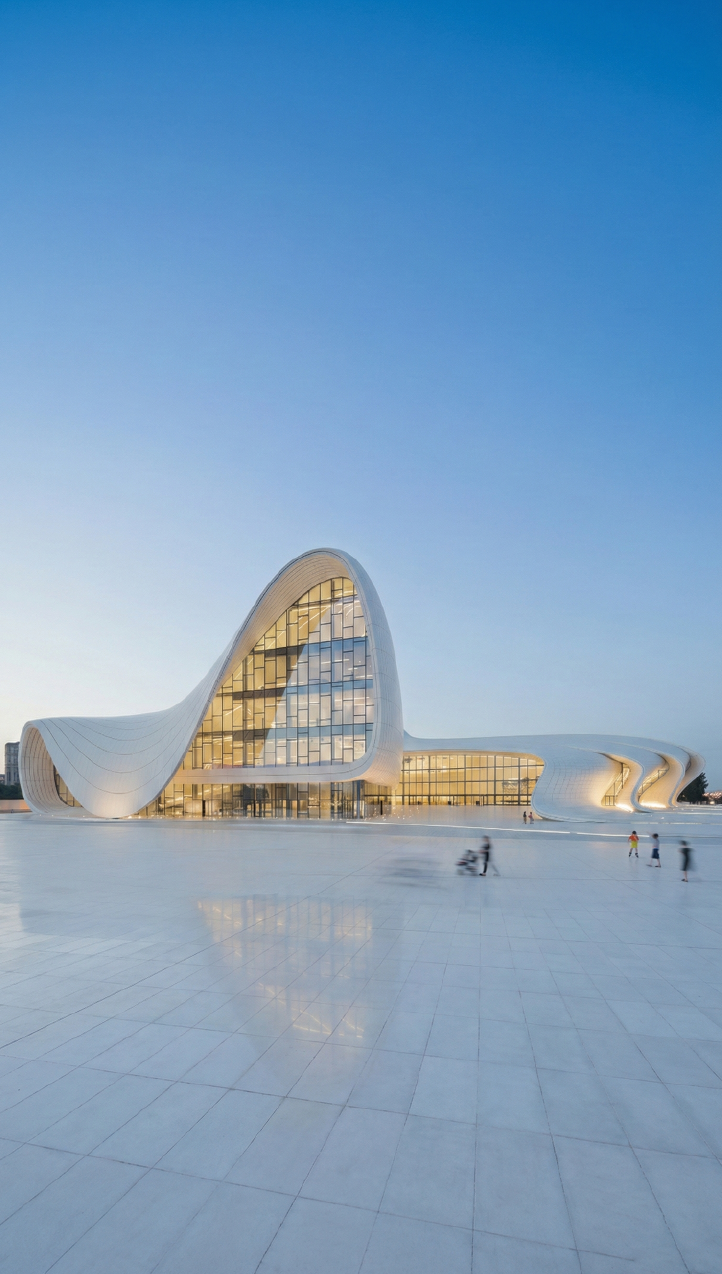In today’s architectural landscape, beauty and functionality are no longer enough. Clients expect buildings to be efficient, healthy, and environmentally responsible from the ground up. Sustainable Architecture Practices are no longer an optional “extra”—they are a baseline expectation for competitive, future-proof design.
If you’re an architect, 3D designer, developer, or realtor in the U.S., you’ve likely noticed a shift. Whether it’s city regulations tightening around energy codes, clients asking about green certifications, or the growing demand for eco-friendly homes, sustainability is shaping the way projects are conceived and delivered.
In this article, we’ll walk through 10 Sustainable Architecture Practices that you can implement from day one of the design process. We’ll cover strategies that blend smart design, technical precision, and cutting-edge digital tools—giving you actionable ideas to reduce environmental impact, lower operational costs, and present compelling, client-ready proposals.
Let’s get started.

Sustainable Architecture Practices You Should Know
1. Passive Solar Design and Building Orientation
Passive solar design is one of the simplest and most cost-effective ways to reduce a building’s energy demand. By strategically orienting your building to maximize winter sunlight and minimize summer heat gain, you can drastically cut reliance on artificial lighting and mechanical cooling.
Real-world example: The Kimbell Art Museum in Texas uses carefully oriented vaulted roofs to diffuse natural light, creating a luminous interior with minimal artificial lighting needs.
Architect’s Tip: Incorporate solar path analysis during the BIM modeling stage. This allows you to adjust window placement, shading devices, and overhangs for optimal performance before construction even begins.
2. Energy-Efficient Systems and Smart Technologies
While passive design is essential, active systems also play a major role. High-efficiency HVAC units, automated lighting controls, and occupancy sensors can significantly reduce energy consumption.
Real-world example: Corporate office buildings that use smart lighting systems triggered by occupancy have reported energy savings of up to 35%.
Architect’s Tip: Plan for future scalability—pre-wire and allocate space for technology upgrades so your building can adapt to new energy-saving innovations without costly retrofits.
3. Sustainable and Locally Sourced Materials
Material choice has a huge impact on a project’s carbon footprint. Sourcing materials locally not only reduces transportation emissions but also supports regional economies. Certified woods, recycled steel, reclaimed brick, and low-VOC finishes can elevate a project’s sustainability profile.
Real-world example: Cultural centers built with locally quarried stone and FSC-certified wood achieve both environmental and aesthetic goals.
Architect’s Tip: Provide precise material specifications in your documentation, following AIA best practices, to ensure your vision translates accurately during procurement and construction.
4. Water Conservation and Management
Water scarcity is a growing concern in many parts of the U.S. Implementing low-flow fixtures, rainwater harvesting systems, and greywater recycling can significantly reduce a building’s potable water use.
Real-world example: Residential communities in California that integrate green roofs with rainwater collection systems have cut their potable water use by up to 40%.
Architect’s Tip: Show clients the value of water conservation by including cisterns, green roofs, and irrigation strategies in your 3D renderings.
5. Waste Reduction and Circular Construction
Construction and demolition waste account for a massive portion of landfill use. Modular construction, prefabrication, and design-for-deconstruction approaches allow materials to be reused or recycled rather than discarded.
Real-world example: Modular buildings that can be disassembled and reassembled have achieved material reuse rates exceeding 80%.
Architect’s Tip: Develop a waste management plan early in the design process. This will streamline on-site logistics and improve cost efficiency.
6. Indoor Environmental Quality (IEQ)
Healthy indoor environments boost occupant comfort and productivity. Maximizing natural ventilation, controlling acoustics, and using non-toxic materials can create spaces that are both sustainable and pleasant to inhabit.
Real-world example: Offices designed with skylights, cross-ventilation, and low-VOC finishes have reported lower employee turnover and higher satisfaction.
Architect’s Tip: Use lighting and airflow simulations to validate IEQ decisions before construction, ensuring measurable benefits.
7. Green Roofs, Facades, and Urban Biodiversity
Sustainable architecture practice number 7: vegetated roofs and facades help reduce the urban heat island effect, filter air pollutants, and provide habitats for pollinators and birds.
Real-world example: Hospitals with green roofs have seen reduced indoor temperatures and created restorative outdoor spaces for staff and patients.
Architect’s Tip: Factor in the structural load and irrigation requirements from the earliest design stages to avoid costly engineering changes later.

8. Life Cycle Assessment (LCA) and Durability
A building’s sustainability depends on more than its initial performance—it’s about how it holds up over decades. Life Cycle Assessments help evaluate the environmental cost of materials and systems over their lifespan.
Real-world example: Civic buildings designed for a 50-year life cycle often show significantly reduced environmental impact compared to structures that require frequent renovations.
Architect’s Tip: Use LCA software to compare design options and present clients with data-backed recommendations.
9. Community Integration and Social Sustainability
Sustainable architecture practices extends beyond the building envelope. Projects that include shared green spaces, community gardens, and educational installations can foster social engagement and environmental awareness.
Real-world example: Public plazas built from recycled materials, featuring urban farming plots, have become hubs for local gatherings and events.
Architect’s Tip: Engage community stakeholders early in the design process to ensure your project is embraced and actively used.
10. Leveraging BIM and Visualization for Sustainable Design
Technology is a powerful ally in achieving sustainability goals. Sustainable architecture practice number 10: BIM, photorealistic renderings, and virtual walkthroughs allow architects to model, test, and present sustainable features before construction begins.
Real-world example: A school project that used BIM to simulate daylighting and ventilation patterns was able to cut projected HVAC loads by 20%.
Architect’s Tip: Use immersive visualizations to show clients how sustainable design choices—like orientation, shading, and green roofs—enhance their project’s long-term performance.
The Architect’s Role in Making Sustainability Work
Sustainability isn’t just about ideas—it’s about execution. Architects must coordinate with engineers, contractors, and suppliers, maintain clear specifications, and stay informed about evolving materials and technologies. Following AIA’s recommendations, detailed documentation and proactive collaboration are essential for delivering truly sustainable projects.

Why Sustainable Architecture Practices Are a Competitive Advantage
In the U.S. market, sustainable buildings offer measurable benefits:
-
Lower operating costs through energy and water savings.
-
Increased property value and market appeal.
-
Enhanced occupant health and productivity.
-
Compliance with tightening environmental regulations.
For architects, this means more than just meeting standards—it’s about leading the market and building a reputation for forward-thinking, environmentally responsible design.
How to Put Sustainability into Practice
Sustainability in architecture isn’t just about choosing eco-friendly materials or adding a green roof—it’s about embedding environmental responsibility into the DNA of your design process. According to the American Institute of Architects (AIA), putting sustainability into practice starts with a clear strategy, consistent execution, and the right tools to support your vision.
Here are five proven steps inspired by AIA guidance to move from concept to action:
1. Start Small, Think Big
Define what sustainability means for your firm and set realistic, measurable goals. Whether it’s prioritizing high-recycled-content materials or meeting specific energy targets, ensure every stakeholder—from clients to contractors—understands and supports the plan.
2. Be Specific and Instructive
Your specifications are the blueprint for success. Detailed, accurate documentation ensures contractors purchase the right products and meet your performance standards. Vague specs can lead to delays, budget overruns, and compromised quality.
3. Embrace Automation
With hundreds of sustainable products on the market, keeping up is a challenge. Digital specification tools like AIA MasterSpec® streamline product research, comparison, and documentation, making it easier to choose the best solutions without slowing your workflow.
4. Select Smarter Materials
Stay current with material innovations that reduce carbon footprints and improve durability. Whether it’s low-impact composites or renewable wood alternatives, smart selection can solve performance issues and enhance project longevity.
5. Empower Your Team
Sustainable architecture is a team effort. Engage architects, engineers, contractors, and facility managers early in the process. Collaborative decision-making reduces risks, improves efficiency, and leads to better project outcomes.
Sustainability is a living process, not a one-time design feature. By combining AIA-backed best practices with the latest technology, architects can deliver projects that are as high-performing as they are beautiful.

How Visualization Elevates Sustainable Design Proposals
Clients are far more likely to embrace sustainable features when they can see and understand them. 3D renderings, animations, and BIM models bring these elements to life—showing the impact of daylighting strategies, green roofs, or rainwater systems before the first shovel hits the ground.
If you want your sustainable projects to be as clear and compelling to your clients as they are in your mind, explore how our 3D Rendering Services can help you present and sell your ideas with visual impact and technical accuracy. If you’re ready to bring your project to life with us, request your quote here.
Frequently Asked Questions About Sustainable Architecture Practices
-
What are the most cost-effective sustainable architecture practices?
Passive solar design, locally sourced materials, and water-saving fixtures provide significant environmental benefits with minimal added cost.
-
How can architects integrate sustainability without increasing costs?
Early planning is key—selecting local materials, designing for efficiency, and using digital tools to avoid expensive last-minute changes.
-
Which technologies best support sustainable architecture?
BIM, energy simulation software, and specification platforms like AIA MasterSpec help integrate sustainability into every phase of a project.
-
How do clients respond to sustainable design proposals?
When benefits are clearly presented—especially with visuals—clients are more likely to invest in sustainable features.
Sustainable Architecture Practices: Conclusion
Sustainable architecture is the perfect blend of thoughtful design, efficient project management, and smart technology. In the U.S., it’s not just an ethical choice—it’s a competitive edge.
As architects, we have the responsibility and the opportunity to lead the way toward a greener built environment. By mastering these Sustainable Architecture Practices and using the right tools to communicate them, you can deliver projects that are beautiful, high-performing, and future-ready.
The path to better buildings starts with the right vision—and the right way to share it.


